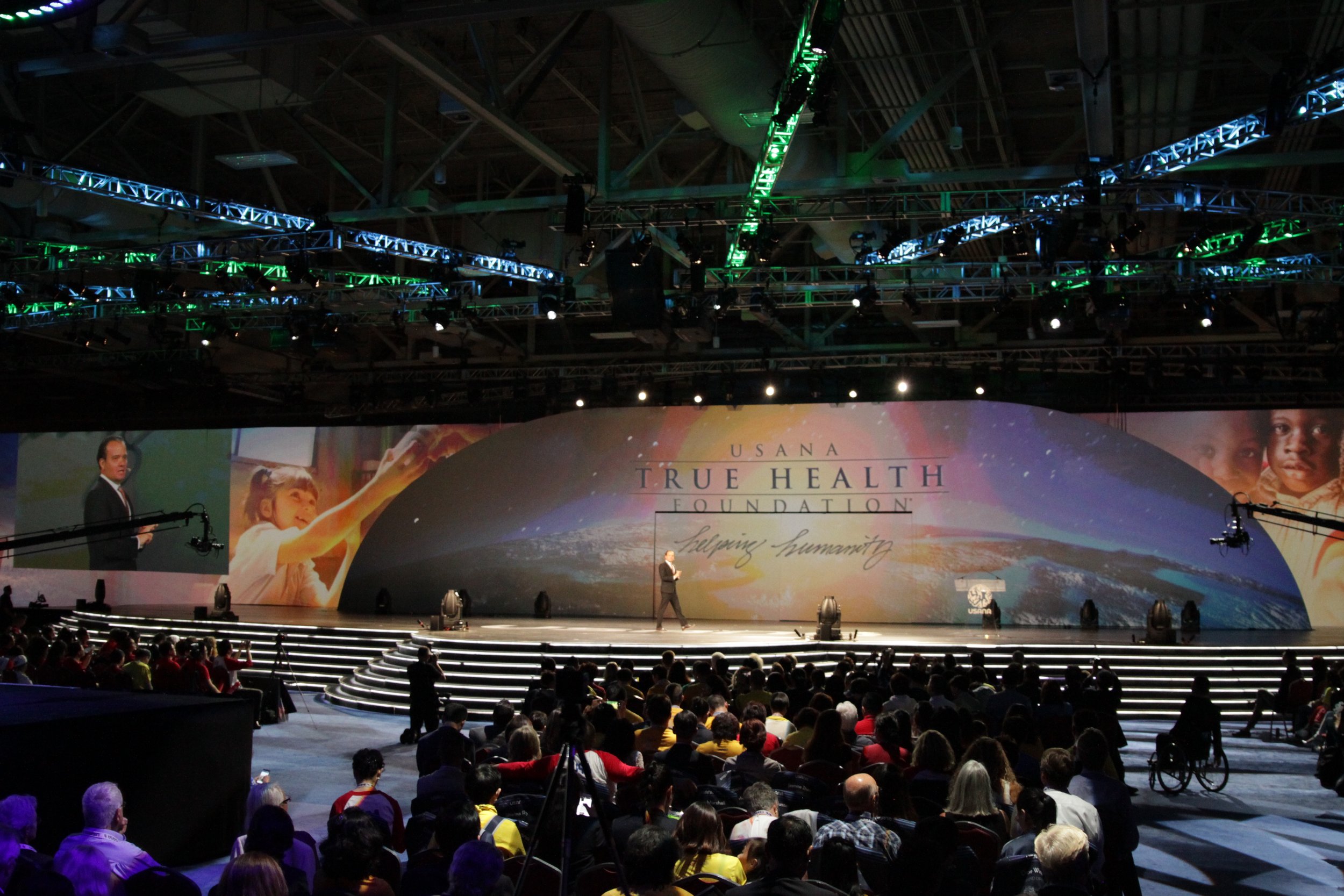In the world of live entertainment, the role of concert lighting is more than just illuminating a stage; it's an art form that enhances the audience's experience, complements the music, and creates a visually stunning spectacle. This comprehensive guide explores the intricacies of concert lighting, covering key aspects such as design principles, lighting technologies, the impact on audience engagement, and the evolving trends shaping the future of concert illumination.
The Art and Science of Concert Lighting
Enhancing the Atmosphere: Concert lighting is not just about visibility; it's about setting the mood and atmosphere for a performance. Whether it's an intimate acoustic set or a high-energy rock show, lighting plays a crucial role in conveying the emotions of the music.
Collaboration with Music: The best concert lighting is a seamless partner to the music. Lighting designers work in tandem with musicians and producers to synchronize lighting cues with the rhythm, tempo, and mood of the performance.
Creating Visual Dynamics: Concert lighting is dynamic, with the ability to shift colors, intensities, and patterns instantaneously. This dynamism adds layers to the visual experience, keeping the audience engaged and enhancing the overall impact of the show.
Design Principles of Concert Lighting
Emphasis on Key Elements: Lighting designers focus on highlighting key elements, such as the performers, instruments, and stage set, ensuring they are well-lit and visually prominent.
Color Palette and Temperature: The choice of colors can evoke specific emotions and enhance the visual appeal of a concert. Designers carefully select color palettes and temperature to match the genre of music and the desired mood.
Dynamic Movement: Moving lights, spotlights, and other dynamic lighting fixtures add a layer of excitement and energy to the performance. Strategic placement and movement of lights can create stunning visual effects and enhance the overall dynamics of the show.
Lighting Technologies in Concerts
LED Lighting: LED technology has revolutionized concert lighting, offering energy efficiency, a wide range of colors, and the ability to create intricate visual effects. LED fixtures are versatile and widely used in modern concert setups.
Intelligent Lighting Fixtures: Moving lights, robotic fixtures, and intelligent lighting systems allow for precise control over the direction, intensity, and color of the light. These fixtures contribute to dynamic and visually captivating performances.
Projection Mapping: Projection mapping onto stage elements or backdrops adds a dimension of visual storytelling. It allows designers to transform the stage into different environments and create immersive experiences.
Wireless Control Systems: Advancements in wireless technology enable lighting designers to control fixtures remotely, providing flexibility and allowing for more intricate and synchronized lighting designs.
Impact on Audience Engagement
Creating Emotional Connections: Well-designed concert lighting has the power to evoke emotions and create a sense of connection between the performers and the audience. The visual spectacle enhances the overall impact of the music, making the experience more memorable.
Fostering Immersion: Immersive lighting designs can transport the audience into different moods or environments. This immersion enhances the overall concert experience, making attendees feel like active participants in the performance.
Enhancing Visual Interest: Lighting adds a layer of visual interest to the concert, especially for those seated farther from the stage. It ensures that every member of the audience has a visually engaging experience, regardless of their location in the venue.
Evolving Trends in Concert Lighting
Immersive Experiences: Concerts are embracing immersive experiences, with lighting designs that extend beyond the stage to envelop the entire venue. This trend enhances the overall atmosphere and makes the concert a multisensory event.
Integration with Visual Effects: Concert lighting is increasingly integrated with visual effects, including LED screens, projections, and augmented reality elements. This fusion creates a seamless blend of lighting and visuals, amplifying the impact of the performance.
Sustainability Practices: The industry is moving towards sustainable practices in concert lighting, with the adoption of energy-efficient technologies, recyclable materials, and responsible disposal practices.
Concert Lighting Designers and Their Role
Collaboration with Artists: Lighting designers collaborate closely with artists, directors, and producers to understand the vision for the performance and translate it into a visually stunning lighting design.
Technical Expertise: Designers possess technical expertise in the operation of lighting consoles, programming lighting cues, and troubleshooting any technical issues during live performances.
Creativity and Innovation: The best concert lighting designers are not just technicians; they are artists who bring creativity and innovation to their craft. They constantly push boundaries to create unique and memorable lighting experiences.
Concert lighting is a dynamic and integral component of live performances, contributing to the overall impact and success of a concert. From the careful selection of colors to the use of cutting-edge lighting technologies, every element is orchestrated to enhance the audience's visual journey. As the industry continues to evolve, concert lighting will undoubtedly play a pivotal role in shaping the future of live entertainment, offering new possibilities for artistic expression and pushing the boundaries of what is possible in the realm of visual storytelling through light.
















